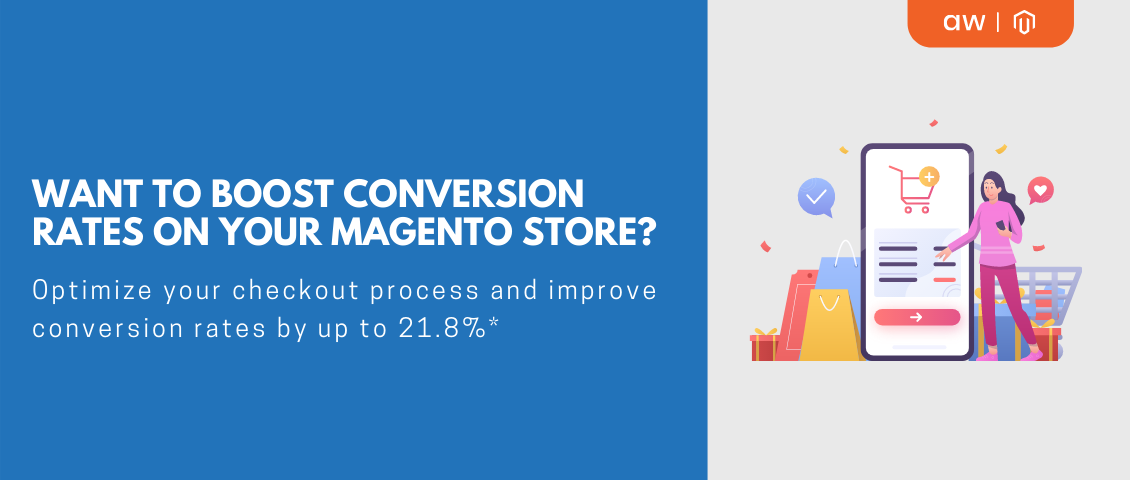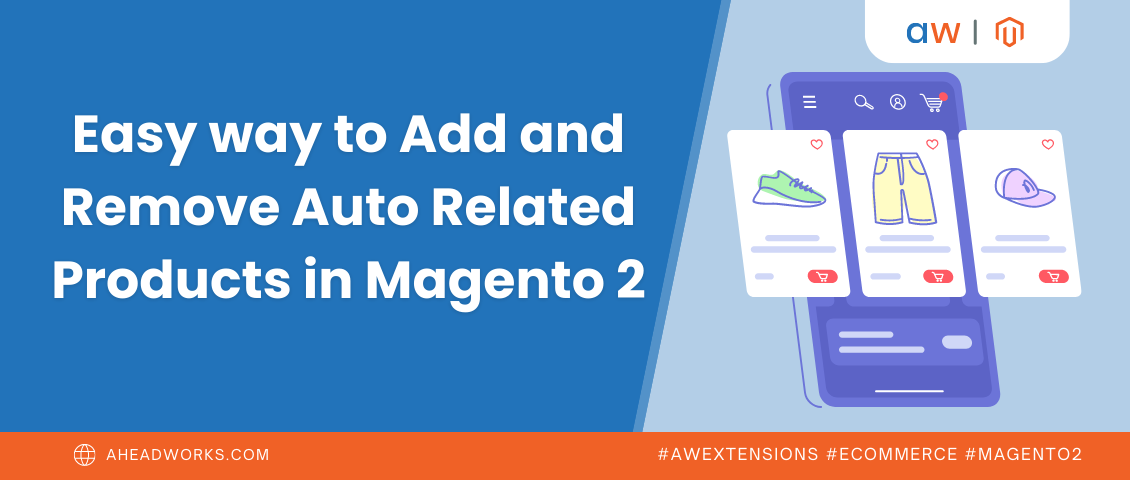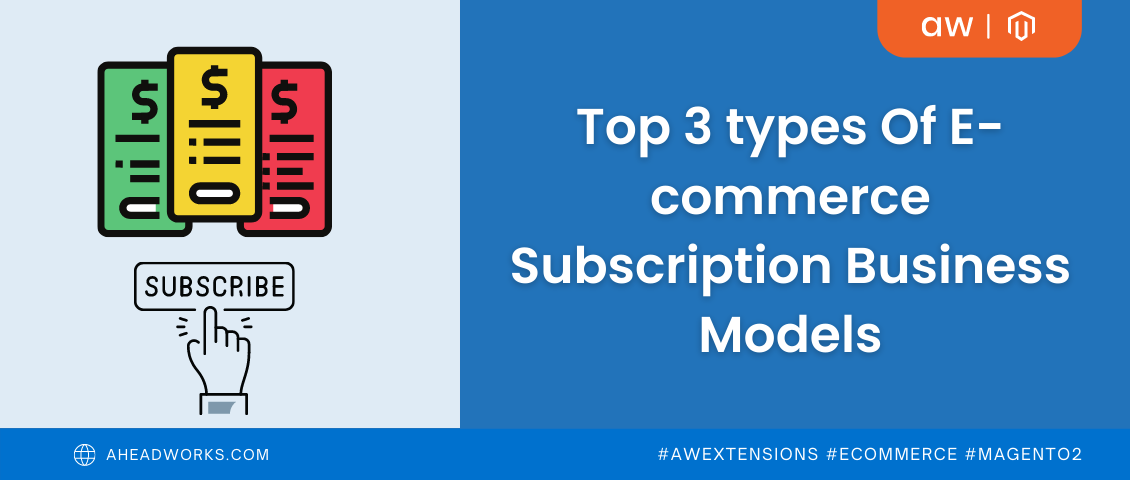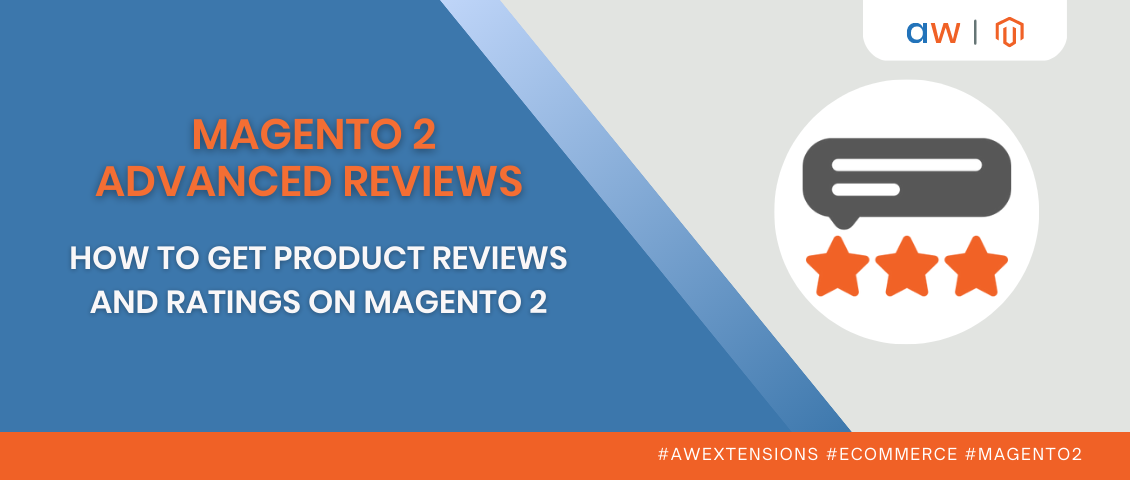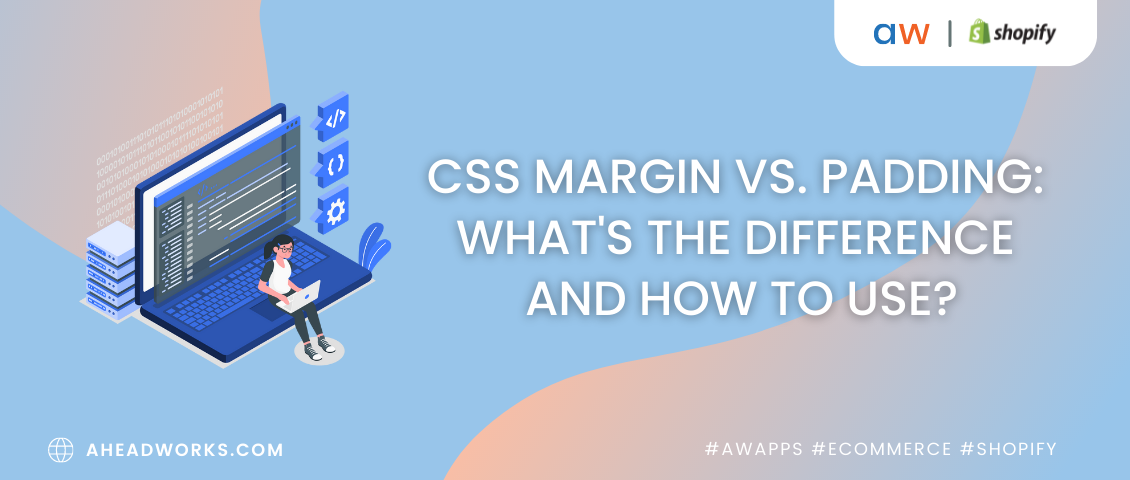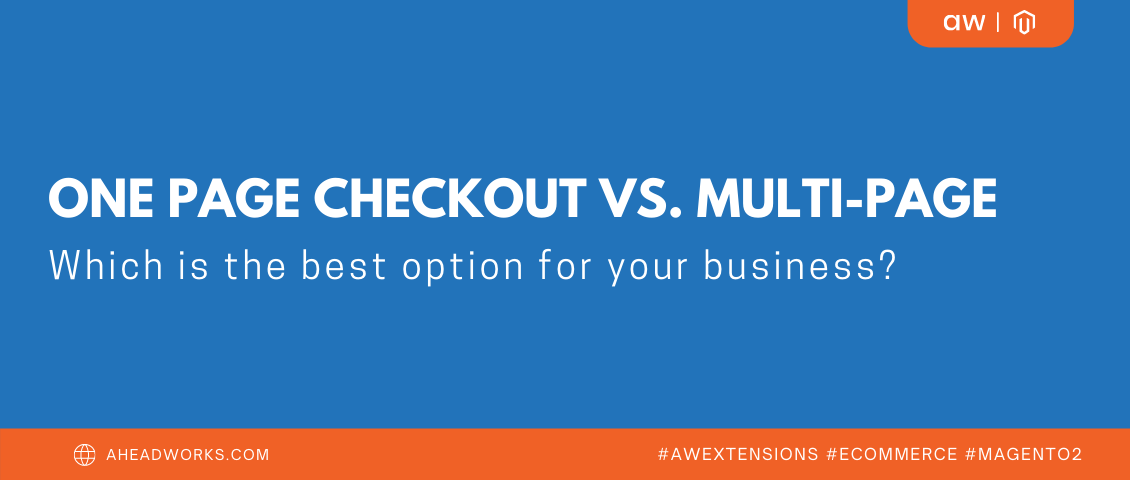
One Page vs Multi-Page Checkout - Which One to Pick for Your Online Store?
Categorized as : Ecommerce and Magento 2 Extensions
To make an e-commerce store successful, it is crucial to pay attention to every single aspect of a user's purchase journey. Not only does the site speed and UI matter, but it is also important to channelize efforts on the check-out experience.
In several instances, complications involved in the check-out process annoys potential buyers, leading to cart abandonment. Most store owners typically face the dilemma of choosing between one page and multi-page check-out process.
We’ll help you resolve this difficulty by listing all the pros and cons of the same.
Choosing Between the Two Checkout Methods
Online shoppers prefer a hassle-free check-out experience beyond doubt. They detest slow-loading pages and lengthy forms that have to be filled at the time of checking out.
However, when you have to choose between the two checkout processes, each one of them offers advantages and drawbacks. Being an online store owner you can make a decision after analyzing both methods thoroughly.
One Step Checkout
As the name implies, one-step check-out is a process in which the buyers of an online store deal with a single page for completing the check-out process. The check-out steps like name and address fields, payment methods, delivery guidelines are all displayed on a single web page. It is what you can find in One step checkout on Magento 2.
Pros of One Step Checkout
- It looks simplistic- For most online shoppers, using a one-page check-out process is simpler. Everything is displayed on one page, and the check-out steps are displayed vertically, and so there is little risk of going wrong.
- Better for network issues- Sometimes, people face network issues while placing orders online. This can happen when they are in areas with subpar cellular network coverage. In such situations, completing a single-page check-out process is simpler. They do not have to load several pages under network coverage hazards.
- Reduced distractions- In single page check-out, there are minimal distractions for the buyers. They have to fill in the address, choose payment mode, and put in delivery instructions- all within a single page.
- Time-saving- It is convenient for those online shoppers who want to buy stuff without spending a lot of time on a website. They can verify their details after typing in data without navigating to another page.
Cons of One Step Checkout
- Speed issues- By keeping everything related to check-out on a single page, the page size can go up. This can increase the check-out page loading speed, and users with slower internet connections may find this annoying.
- Poor analytics scope- Since all steps are presented on one page, store owners find it hard to figure out which factor (call-to-action) is leading to cart abandonment.
- Risk of missing out- When completing a one page checkout, some users may skip some fields (not mandatory ones). For example, in a hurry, the buyers may miss out on fields and sections such as delivery guidelines or making the selected address the default one for subsequent orders, and so on.
- Lacking additional features- When one-page check-out is used, it becomes difficult to add other useful features. For example, features like gift wrapping the order and delivery time preference might not be implemented.
Multi-step Page Checkout
A lot of established eCommerce websites still stick to this method for checking out. In this method, the users have to go through 5-6 different pages to wrap the check-out process. Payment modes and addresses are displayed on distinct pages, and so is an order confirmation. In this method, each page caters to a specific part of checking out, such as billing address, payment mode, etc.
Pros of Multi-step/page Checkout
- Clean page layout- Since the entire check-out process is divided into pages and steps, each page delivers clear guidelines. Shoppers can easily figure out what to do on each page.
- Faster page loading- Each page tends to load faster compared to pages in one-page check-out. This is because each page used in the process contains fewer display elements.
- Logical progression- In the multi-page check-out process, buyers can proceed to the next page after filling in one page with apt data. So, the risk of missing out on any field or option is almost non-existent. If a visual progress indicator is used, it makes the task easier for the buyers.
- Better analytics- When a multi-page check-out method is used, it is effortless to perform analytics on cart abandonment. Online store owners can figure out on what step most instances of cart abandonment are taking place. They can take remedial measures accordingly.
Cons of Multi-step/page Check-out
- More time required- For some shoppers, finishing multi-page check-out takes more time. Mostly, it may happen when their internet connection is not stable. They face hiccups in loading so many pages one after another.
- Tedious for changing data- It may so happen that a buyer realizes he/she has entered wrong information in a previous step. Then the buyer has to revert to the previous page, and in the process, all data entered on the current page gets wiped out. It can be quite frustrating for the users. This also adds to the overall check-out time.
Tips to Making Checkout Smoother
It is hard to say if a one-step check-out is better than a multi-step/page check-out or vice versa. Both processes come with inherent advantages and limitations.
You must first analyze your eCommerce requirements and then decide if you should go with one-page checkout or multi-page checkout.
Here are a few tips to look into while choosing one of the check-out methods.
- Based on the e-commerce development platform, the check-out process can be implemented in different ways. Some platforms come with a default multi-page check-out module. However, in some cases, third-party plug-ins or extensions can be deployed. In the latter case, ease of integration has to be analyzed.
- If a one-page check-out process is used, the page has to be designed and tweaked for smooth and fast loading. Or else, a majority of target customers will abandon the cart midway.
- In either check-out process, the page layout has to be clean, and legibility has to be very good. Unnecessary visual elements must be discarded.
Summing it up
Not every online shopper has the same liking or usage needs. For some of them, faster check-out is the most important thing, while for some others, customizing the check-out is also important.
You have to think of the mindset and priorities of your target buyers as well. Just research well about your potential buyers!
In any case, discussing it with a skilled eCommerce development agency won’t harm you! They can help you choose the right checkout process for your eCommerce store.






